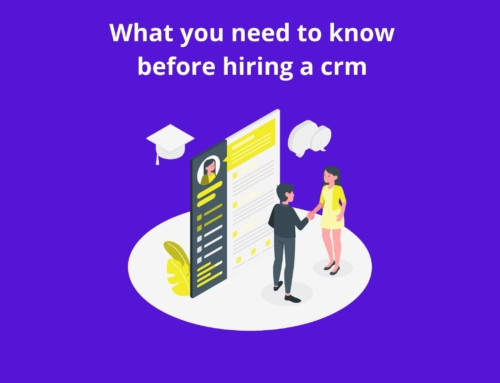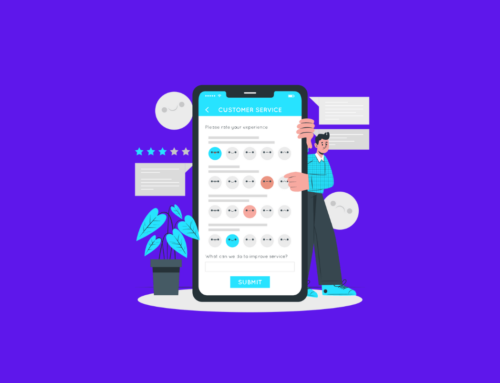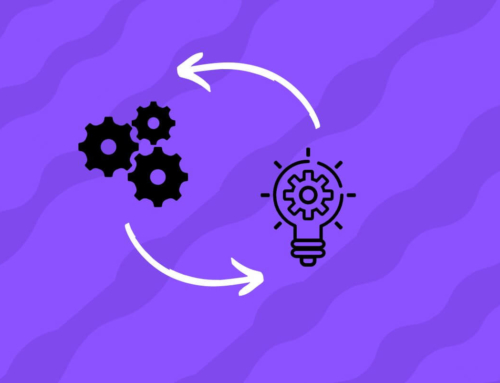Leads are potential customers who have somehow shown interest in the company’s products or services through conversions.
What are conversions?
A conversion can be:
Filling out a form; Subscribe to a newsletter; One purchase.
In the end, a lead is a potential customer who in exchange for something from the company has granted its contact information (name, email, phone).
The lead can also be a person you have found in contact, with or that someone from your company has made some kind of contact.
Thus, a Lead is someone who has already shown convenience in your business and is probably interested in learning more about your company and the solutions you offer.
By starting a dialog with the lead, we can begin a relationship with him and insert him into the sales funnel.
A Lead is a business opportunity and in a more extensive view of marketing, it can be part of a list and be used as a reference for other communications from a company on social networks, such as Instagram for example.
The goal is for the lead to follow the sales funnel to the last stage (usually the purchase).
Qualified Lead
A qualified lead is an acquired contact that has demonstrated purchase intent and fits the company’s target audience profile, naturally becoming closer to becoming a customer for your business.
Why are leads important?
Leads are the next customers for sale. It is impossible to sell your product to someone who is not interested in it. In view of this, it is fundamental to know how to generate leads: they are already a few steps away from becoming a business.
Through them, we are able to collect data and analyze metrics in order to optimize investments and results.
Lead generation is important for business growth because it allows you to recognize your target audience, separating it from the general public that is watching your ads or visiting your site by coincidence.
Every lead generated is a sales opportunity. Some of the most important parameters for digital marketing, commercially, are related to Leads.
Leads make it possible for you to understand at what stage of the sales funnel your potential customer is at, so you can reach them with content that is more relevant to them, given the stage they are at.
In this way, it becomes simpler to come up with the right and assertive strategies that impact the right people in the best way.
How to generate leads
To generate leads it is necessary to offer some useful content that makes them provide their data in exchange for the content. This is what we call rich material.
This value offers change depending on the segment of the company but usually follows a scheme. We can capture leads in several ways. I will mention three:
Content Marketing
Content marketing boils down to creating a blog where the topics covered to match the keywords most commonly used by the target audience when searching on the Internet.
These articles must be fundamental and informative. This way, they are valued by your readers. Moreover, these articles add links to download even more in-depth material about the content, such as e-books, infographics, and others.
In this way, leads leave emails in exchange for this content, turning into qualified leads for the business.
Have clarity about the qualified lead
One of the biggest problems for a sales team is identifying a qualified lead, that is, the contact who is ready to make a purchase.
Lack of knowledge can cause the sales force to pay too much attention to a marketing lead that will in no case close a deal, or not evolve in the interaction with a company that is a potential customer.
Therefore, the first step in lead generation is to understand who the lead is that should be generated.
By understanding what the characteristics of this lead are, what their needs are, and what their profile is, marketing campaigns can be created to generate more leads that are part of this audience.
Don’t be afraid of paid traffic
Traffic is all the people who come to your page.
Anyone can achieve this in various ways, entirely through internet searches or social media posts.
But mostly, that alone is not enough to get the leads you need to achieve your sales goals.
And that’s where paid traffic comes in, the strategies you invest in, such as ads, to attract visitors to your site and thus be able to generate more leads.
Step by step to manage leads
So far so good.
But then, in practice, things become challenging.
To be able to make the process easier for you, here is a step-by-step guide to managing leads:
The first step is to attract and acquire leads. In this step, efforts should focus on producing quality and meaningful content in order to attract and win potential customers;
The next step is to collect user data. You must collect and analyze the data, to be able to qualify potential customers you already have in your database and understand how best to manage leads;
Here is the time for lead nurturing. You already know that the customer is really interested in the product or service. And it is by nurturing them that you will be able to increase the probability of the sale;
When a lead becomes a customer, you can’t just dismiss it. You must keep him close to the business efficiently so that he will buy from you again;
Finally, measure the results! Analyze the metrics in order to understand the efficiency of each process and strategy you used. If necessary, optimize your actions!
Conclusion
In this article, I explained what leads are, how important they are to the business, how to generate them, and the step-by-step steps that will help you.
Now it is in your hands to take all this knowledge, put it into practice, and start capturing your own leads.
Did you enjoy our article? Then don’t forget to subscribe to our newsletter to receive more content like this.






